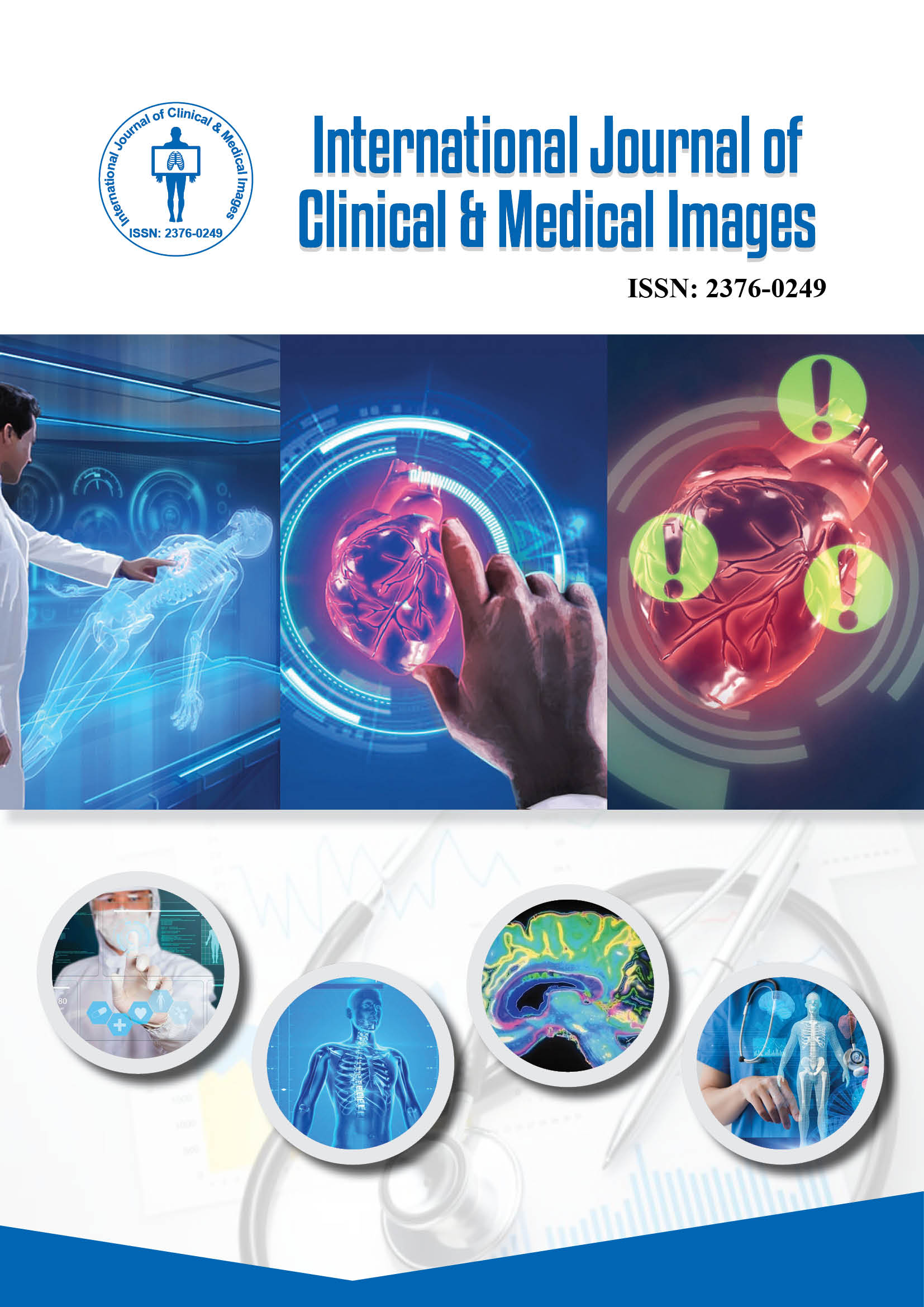2376-0249
Editorial - International Journal of Clinical & Medical Images (2025) Volume 12, Issue 5
Author(s): Rhim Taylor
Chest Imaging in Clinical Medicine: Radiographic and CT Patterns explores the vital role of imaging in diagnosing and managing thoracic diseases. The chest cavity encompasses vital organs such as the lungs, heart and mediastinum, making imaging a cornerstone of internal medicine. Radiography and Computed Tomography (CT) provide detailed visualization of anatomical structures, allowing clinicians to identify infections, neoplasms, vascular disorders and congenital abnormalities. Interpreting these images requires both technical knowledge and clinical correlation, as subtle radiographic signs often hold the key to accurate diagnosis and appropriate patient management.
Chest radiography remains the most commonly used imaging technique due to its accessibility, low cost and diagnostic utility. It is invaluable for the initial evaluation of respiratory symptoms such as cough, dyspnea, or chest pain. Common findings like consolidation, pleural effusion and interstitial markings help guide differential diagnoses ranging from pneumonia to pulmonary edema. However, its two-dimensional limitation necessitates further imaging in complex cases. CT scanning, with its superior spatial resolution and cross-sectional visualization, complements radiography by providing precise details of lung parenchyma, airways, vasculature and mediastinal structures [1].
CT imaging has transformed thoracic diagnostics by revealing characteristic patterns that correlate with specific diseases. Ground-glass opacities, honeycombing and nodular distributions are hallmark CT patterns that guide the identification of interstitial lung diseases, infections and malignancies. Multidetector CT and high-resolution CT techniques allow early detection of subtle pathologies and facilitate accurate disease staging. Moreover, CT angiography has become indispensable in diagnosing pulmonary embolism and vascular malformations, offering a comprehensive view of both anatomy and pathology in a single study.
The integration of advanced imaging technologies and artificial intelligence is further enhancing diagnostic precision in chest medicine. AI-assisted pattern recognition helps radiologists detect abnormalities faster and with greater consistency, while 3D reconstruction and quantitative imaging enable better disease monitoring. As chest imaging continues to evolve, understanding radiographic and CT patterns remains essential for clinicians across disciplines. This visual and analytical approach ensures timely diagnosis, targeted therapy and improved outcomes in patients with thoracic disorders [2].
Chest imaging; CT patterns; Radiography
None.
None.
Google Scholar Cross Ref Indexed at
 Awards Nomination
Awards Nomination

